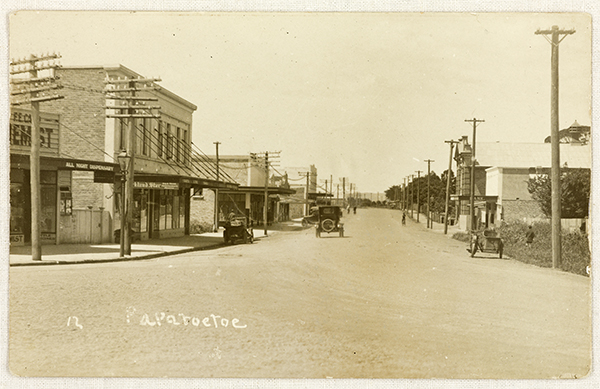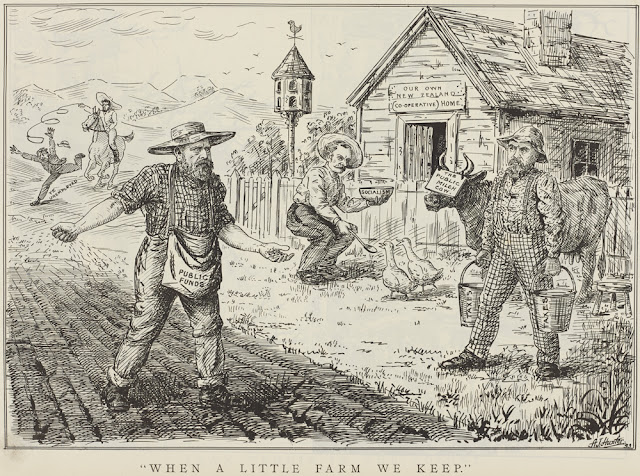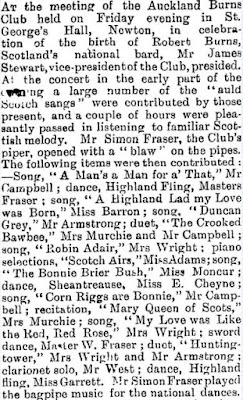The hundred-year-old Papatoetoe Town Hall (part 1)

On 27 February 2018 Papatoetoe will celebrate the centenary of one of its most iconic buildings, the Papatoetoe Town Hall. A centenary dinner will be held in the hall and stories and photographs from residents and community groups who have used the building over the years will be on display (contact jennya.clark@xtra.co.nz for details). This is the first part of a history of the hall we will be publishing before the centenary celebrations. In 1916, when plans for the hall were formed, Papatoetoe was a growing and prosperous suburban community offering both the advantages of country living and a ready link to Auckland by the railway line. Its population had more than doubled from 386 to 785 people over the previous three years. Its leading residents decided it was time the town had the facilities to match its size, including a public hall. View of Station Road East, Papatoetoe, ca 1925. The Papatoetoe Town Hall can be seen towards the middle right. Auckland Libraries Heritage Coll...




